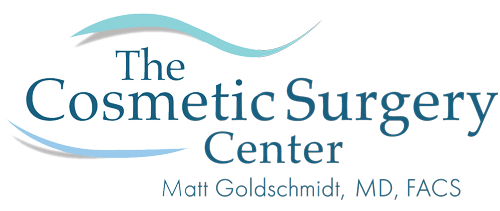Forty years ago, when they were first developed, liposuction procedures carried risks that made some physicians hesitate to perform the procedure or recommend it to their patients. New techniques quickly addressed these concerns, however. For many years, liposuction has been a low risk and highly effective procedure when an experienced physician performs it.
The first liposuction techniques inserted a blunt-tipped wand called a cannula into the layer of fat cells beneath the skin. The cannula was connected to a vacuum machine, which allowed the physician to suck the fat cells out of the area by moving the cannula back and forth in a sweeping motion – similar to the movement you might use to vacuum a floor, only with much smaller strokes.
When the goal was solely to remove fat cells, these initial methods worked. The cannula with suction is still the principal tool surgeons use when performing liposuction today. As the procedures became more common, however, many doctors began to refine this basic tool in order to allow them better control over the shaping and contouring involved in a liposuction procedure.
Today, many physicians use a range of cannula shapes, sizes, and tips, which allow them to target specific areas more closely and to remove fat cells more precisely. Because these instruments allow better control, they put the physician in the role of a sculptor taking many small, fine strokes to create the best shape and contour, rather than a custodian who is simply vacuuming up unwanted cells.
Additional advances in surgical techniques have also made liposuction safer for patients’ health than it had been in the past. The first liposuction procedures required the patient to be placed under general anesthesia – a decision that always carries certain health risks. Today, however, liposuction may be performed with local anesthesia and sedation. The patient feels nothing, but they also do not have to undertake the increased risk of being “put under.”
Improvements in how surgical incisions are made have also made liposuction a less invasive option. Today, liposuction can often be performed through tiny incisions – in some cases, no more than 1/8 an inch long. Your surgeon can often hide the incision within the body’s natural fold lines, making any scar invisible. Smaller incisions help reduce the risk of infection and speed healing time, allowing you to return to your normal life more quickly.
For a free, private consultation about your liposuction options in Cleveland, please call our team at The Cosmetic Surgery Center at (216) 264-8100.
